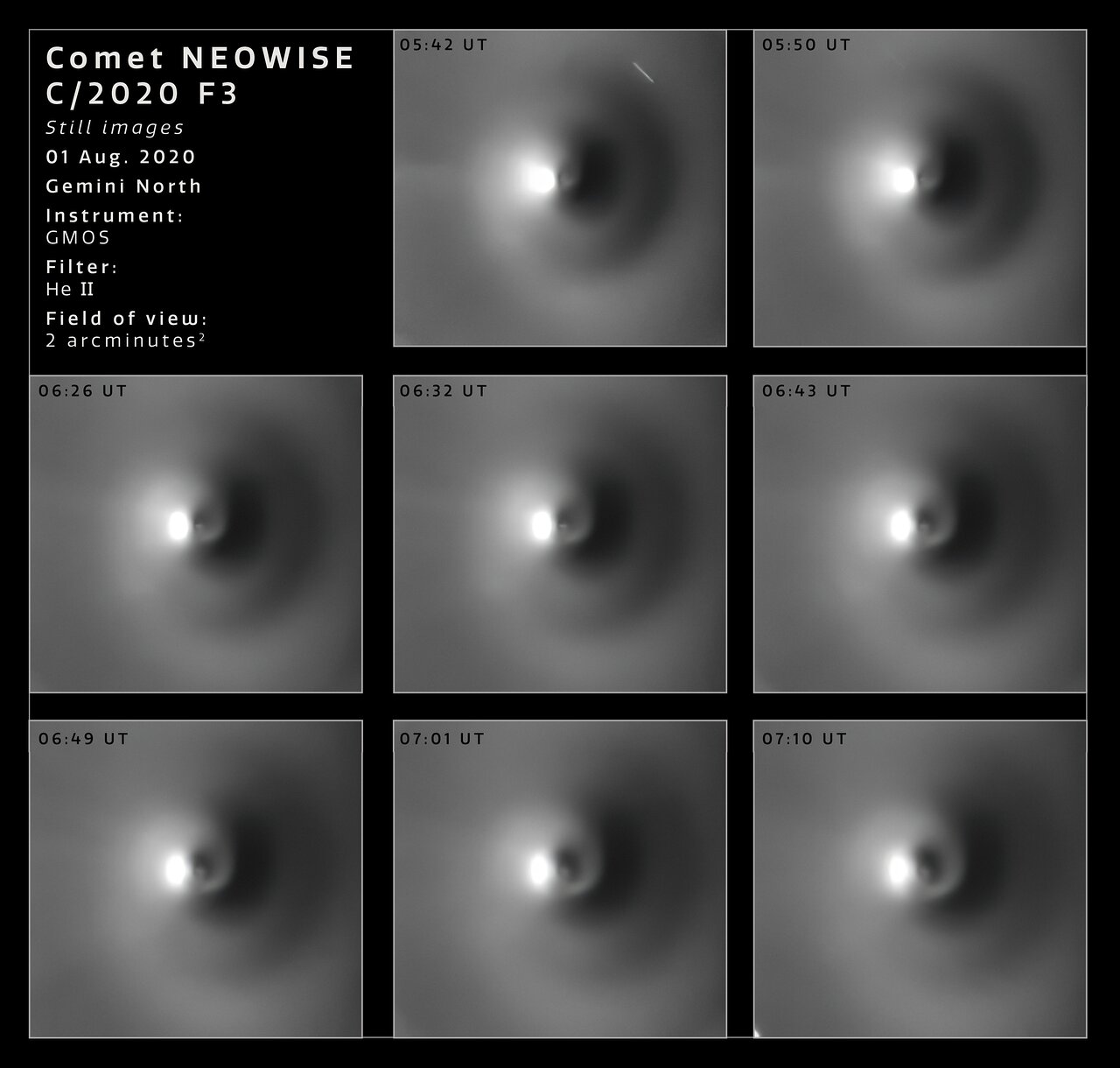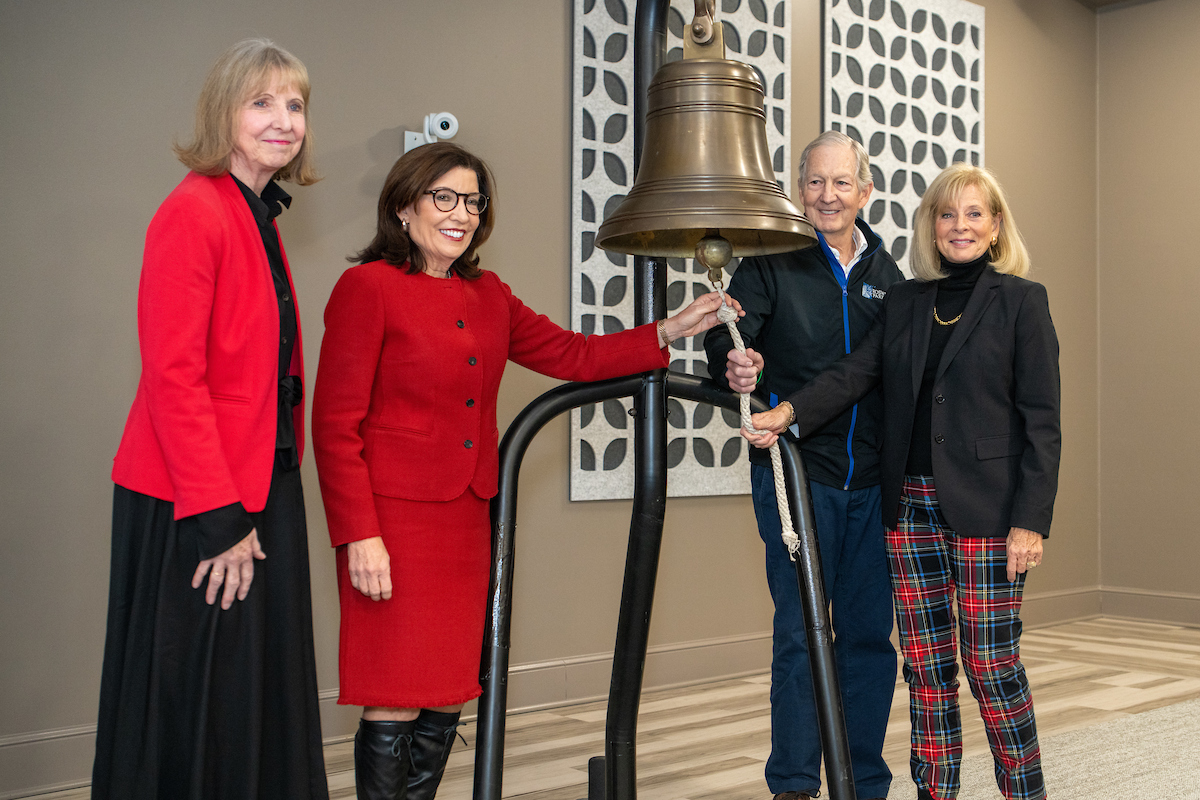Comets consist of ices, rocks, and dust left over from the formation of our Solar System. Some comets follow highly elongated orbits which send them close to the Sun where they warm up and cause the frozen gases to vaporize, releasing molecules and debris into space. It is thought that most comets release gasses in geyser-like jets and that is what researchers think is happening in the Gemini images. As the vaporized material erupts from the comet its rotation causes it to appear to spiral outward, much like the water from a spinning garden hose. The very same material impacts the comet’s rotation causing its nucleus to spin-up or spin-down, though for most comets, the effect is too weak to detect.
More information
This research was reported in an Astronomers Telegram.
The team is composed of Michal Drahus (Jagiellonian University in Krakow), Piotr Guzik (Jagiellonian University in Krakow), Andrew Stephens (Gemini Observatory), Steve B. Howell (NASA Ames Research Center), Stanislaw Zola (Jagiellonian University in Krakow), Mikolaj Sabat (Jagiellonian University in Krakow) and Daniel E. Reichart (University of North Carolina at Chapel Hill).
NSF’s National Optical-Infrared Astronomy Research Laboratory (NOIRLab), the US center for ground-based optical-infrared astronomy, operates the international Gemini Observatory (a facility of NSF, NRC–Canada, ANID–Chile, MCTIC–Brazil, MINCyT–Argentina, and KASI–Republic of Korea), Kitt Peak National Observatory (KPNO), Cerro Tololo Inter-American Observatory (CTIO), the Community Science and Data Center (CSDC), and the Vera C. Rubin Observatory. It is managed by the Association of Universities for Research in Astronomy (AURA) under a cooperative agreement with NSF and is headquartered in Tucson, Arizona. The astronomical community is honored to have the opportunity to conduct astronomical research on Iolkam Du’ag (Kitt Peak) in Arizona, on Maunakea in Hawaiʻi, and on Cerro Tololo and Cerro Pachón in Chile. We recognize and acknowledge the very significant cultural role and reverence that these sites have to the Tohono O’odham Nation, to the Native Hawaiian community, and to the local communities in Chile, respectively.
Links
Contacts
Peter Michaud
NewsTeam Manager, NSF’s NOIRLab
Hilo, HI, USA
Tel: +1 808 936 6643
Email: [email protected]




